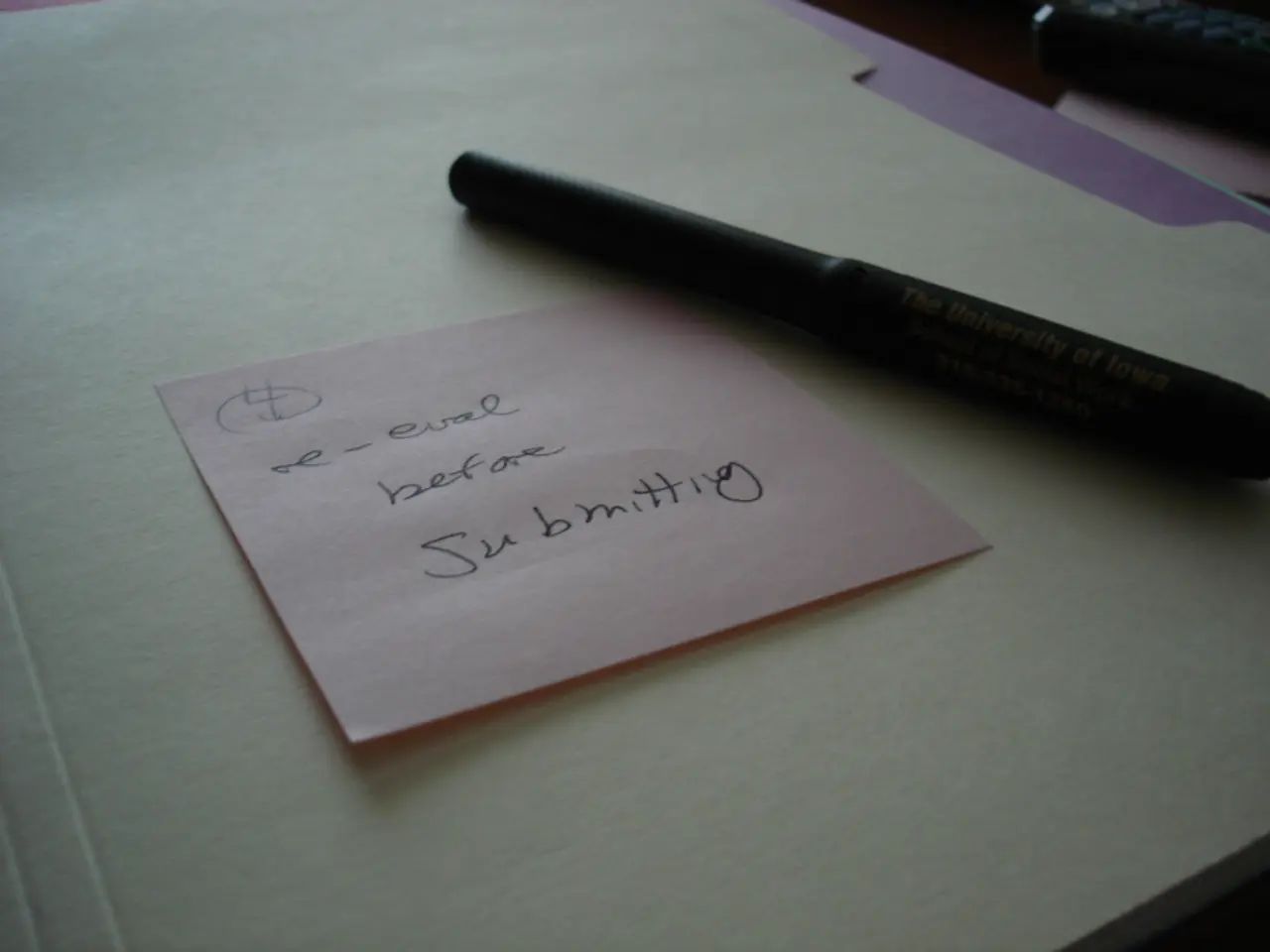Strategies for Successful Note-Taking in Social Studies Lessons (Including Cornell Notes and Various Approaches)
Note-taking in social studies classes offers several key benefits, including improved comprehension, organization, critical thinking, and long-term retention.
Improved Comprehension and Retention
Active processing, such as rewriting or summarizing complex ideas in their own words, helps students better understand and remember the material. This active engagement with the content is crucial for managing and organizing the vast and diverse content covered in social studies, which includes history, geography, politics, and culture [1][3].
Organization of Information
The Cornell Notes system, for instance, segments notes into cues, detailed notes, and summaries, making it easier for students to organize key points logically and prepare for efficient reviews [1][3][4]. This organization supports long-term retention and eases exam preparation.
Critical Thinking and Synthesis
Note-taking in social studies encourages students to analyse and synthesize diverse information, fostering deeper insights into cause-effect relationships, trends, and historical contexts [1].
Facilitating Review and Exam Preparation
Efficiently organized notes reduce study time and lower stress by highlighting essential content and excluding irrelevant details [1][5].
Reflect and Modify Understanding
Revisiting notes allows students to reflect on ideas, add new information, and refine their understanding. This is particularly useful in social studies where interpretations can evolve [2].
Visual Aids
Visual aids, such as mind maps and charts, support the retention of complex information by making learning more interactive [1][2][4]. Techniques like mind mapping visually organize interconnected ideas, helping to grasp complex topics effectively. The charting method is excellent for subjects that involve comparisons, such as history or political science, as it allows students to compare and contrast information easily.
Digital Note-Taking
Digital note-taking platforms like Evernote, OneNote, and Google Keep offer various features that cater to different note-taking styles, from text to audio and visual notes. These tools are particularly helpful in social studies for embedding timelines, maps, and links to external resources [5]. Technology also allows for easy sharing and collaboration, enabling students to work together on group projects or study sessions by sharing notes and insights in real-time.
Consistency and Organization
Maintaining a consistent note-taking format is crucial for maintaining organized and manageable notes over the course of a semester. Maintaining a separate binder or digital folder for each class, with clear labels and color-coding, can help ensure notes remain organized and manageable.
Periodic Review and Collation
Periodically collating summaries for broader revisions and detecting knowledge gaps early on can help ensure effective note-taking in social studies classes.
In conclusion, employing structured note-taking methods in social studies classes supports active learning, critical thinking, organized study, and long-term mastery of diverse and detailed content areas typical of social studies curricula. Teaching others what you've learned can also strengthen mastery of social studies content.
- To boost their understanding and retention of diverse topics, students can actively engage with social studies content by rewriting or summarizing complex ideas in their own words.
- Using the Cornell Notes system, students can enhance their organization skills by segmenting notes into cues, detailed notes, and summaries, making it easier to review and prepare for exams.
- Effective note-taking in social studies promotes critical thinking and the ability to synthesize diverse information, leading to a deeper understanding of historical contexts and political relationships.
- Digital note-taking platforms, like Evernote, OneNote, and Google Keep, offer various features that cater to different learning styles, making them beneficial for social studies students, especially for managing timelines, maps, and external resources.




